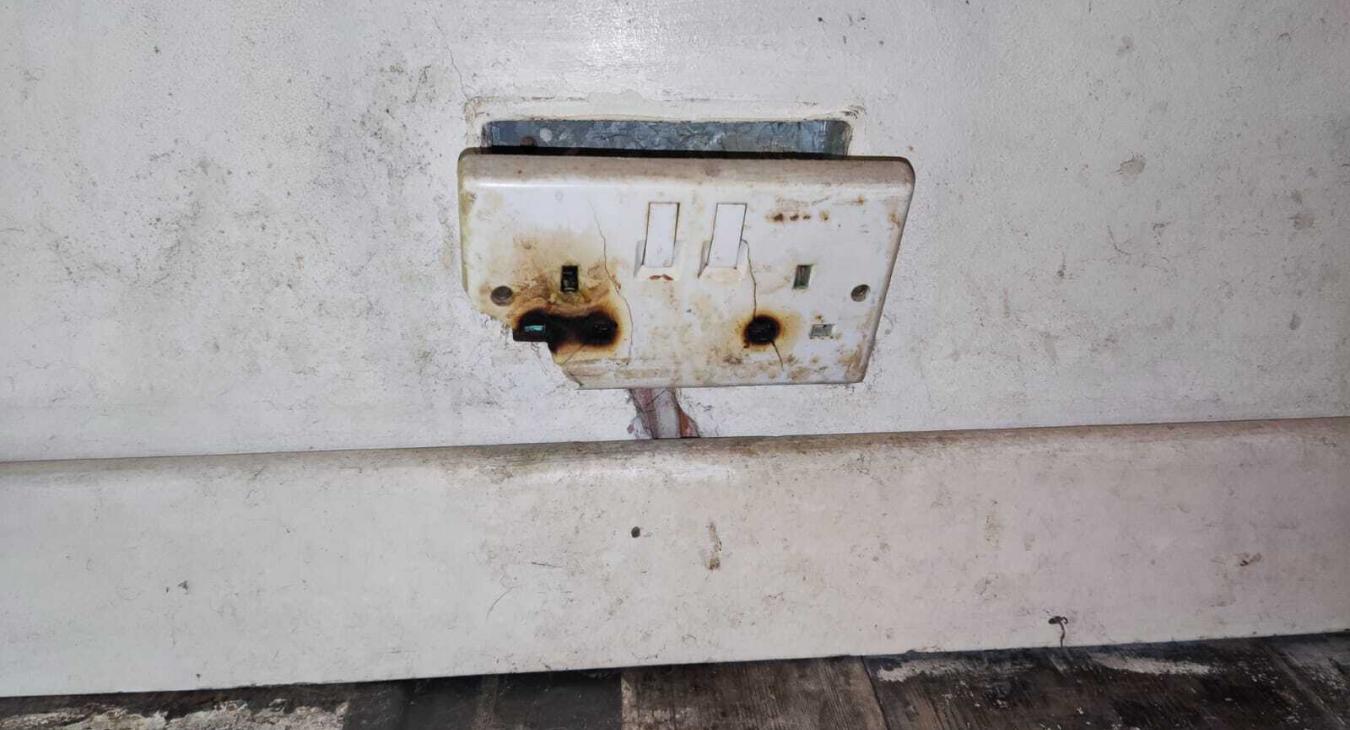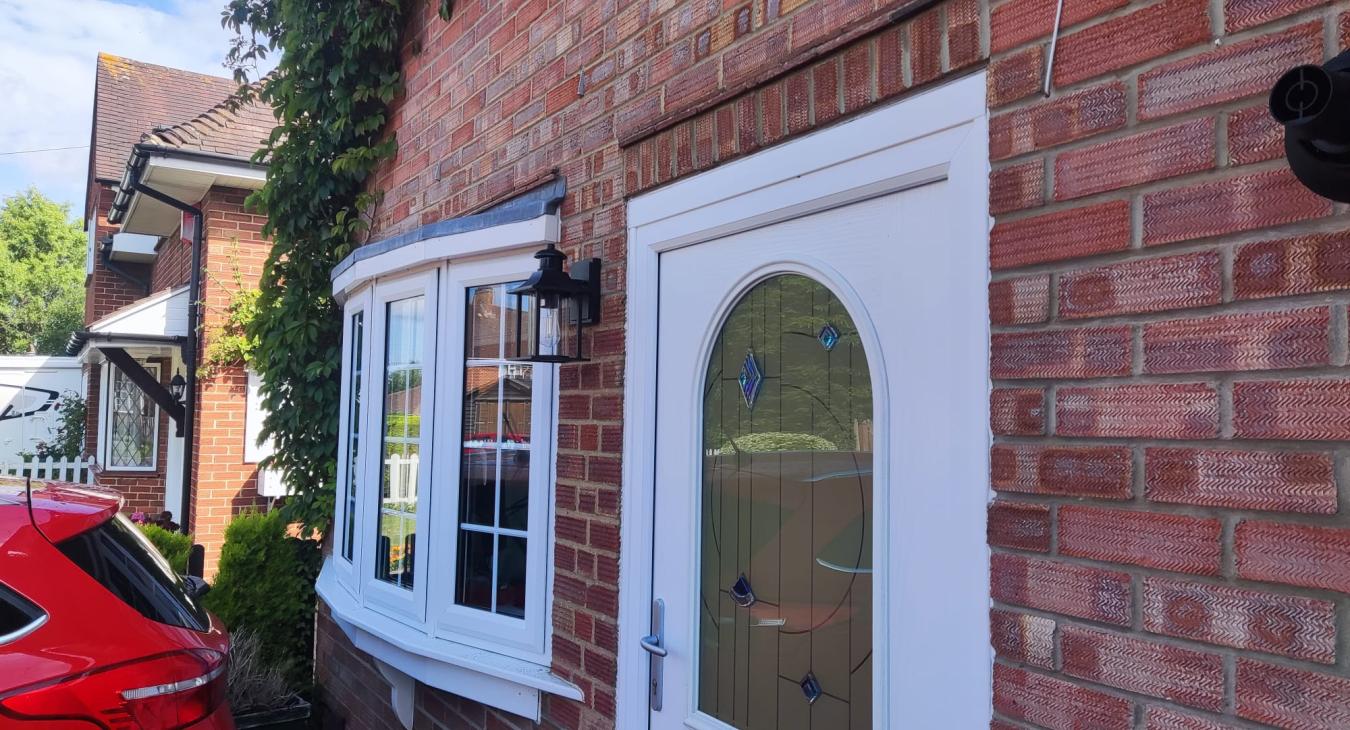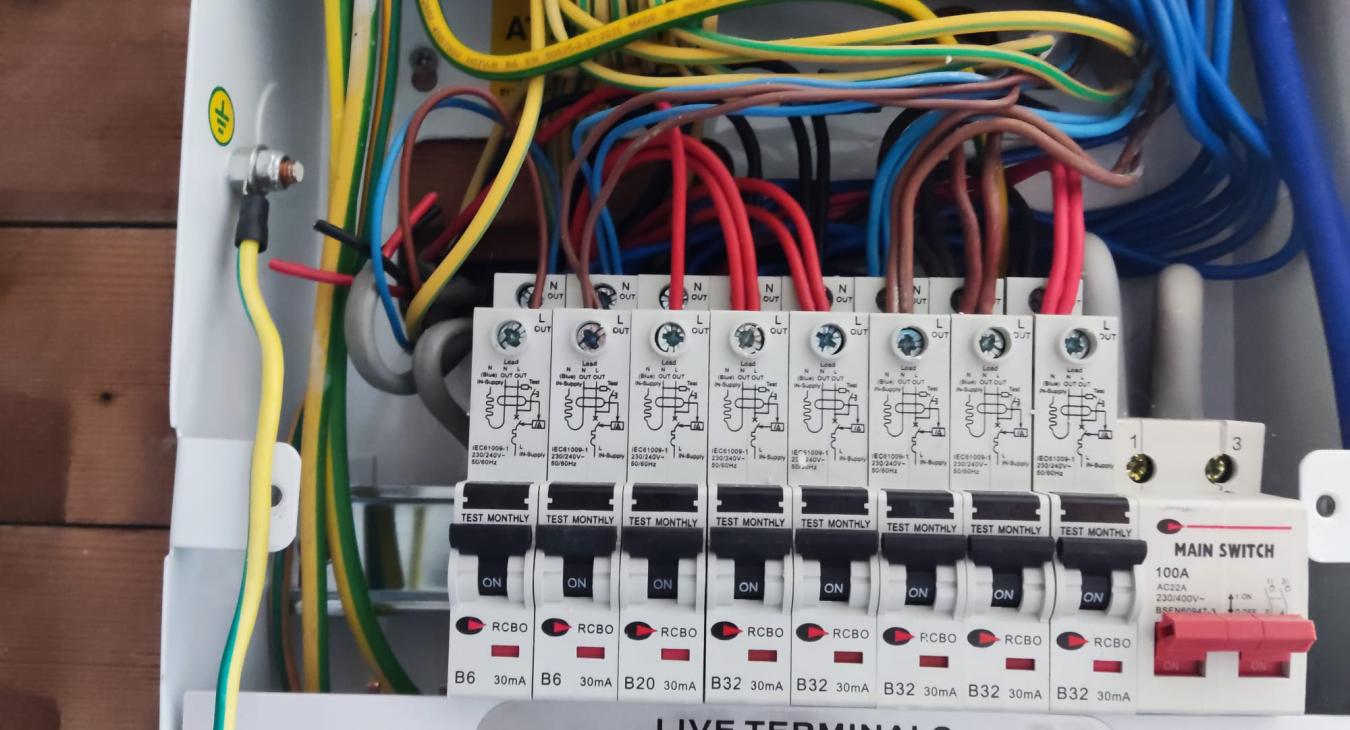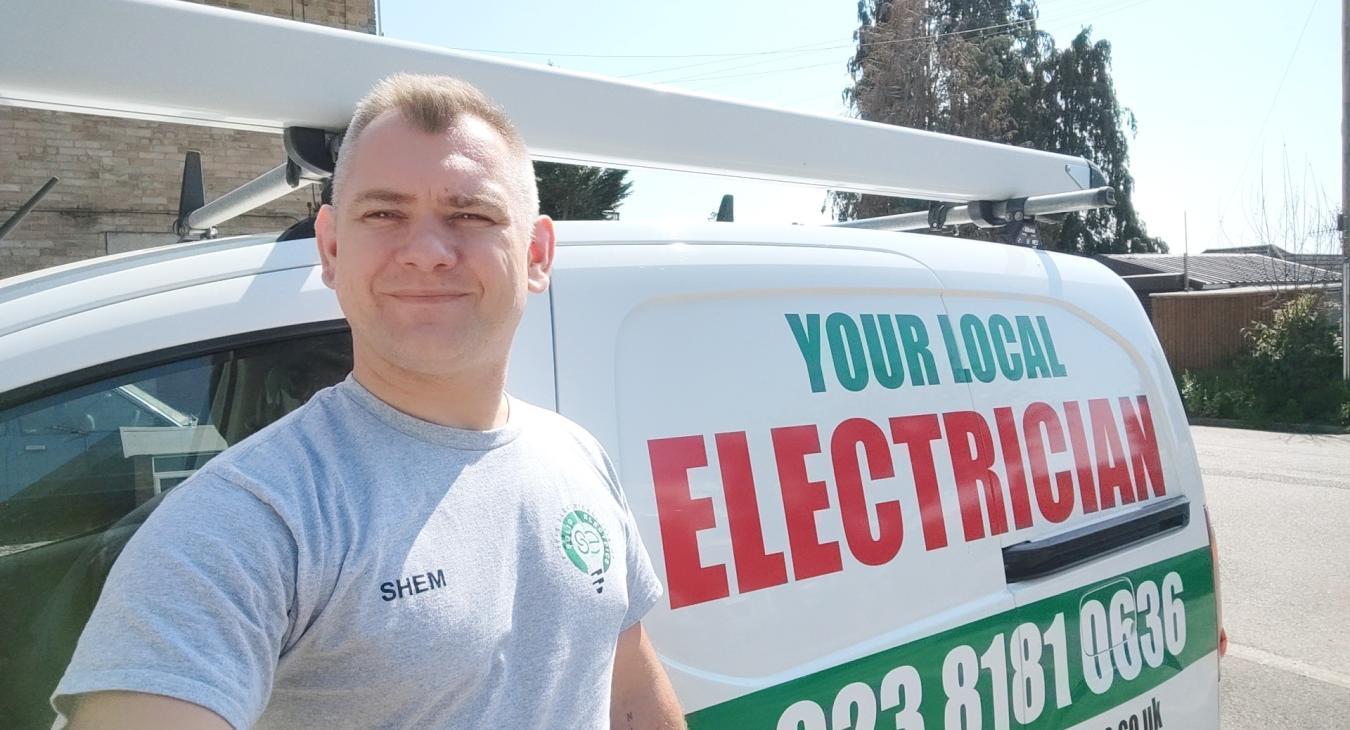
A lack of electricity in the house can have various causes. In the event of a sudden power outage, it may be a failure of the electricity network, overload of the electrical installation or modernization of the electricity network, which is prompted with an appropriate message from the electricity supplier.
The situation becomes complicated when we find that the electrical installation in neighbouring houses works flawlessly, and your home has no light in the whole house, despite the theoretically working power switchboard. Where to look for help then? How to find the source of the problem and restore the light in the house?
Where do home electrical faults come from?
In the case of houses and flats, the sources of problems with the electrical installation can be divided into two sources: failures of old installations and failures in new buildings. In the first case, the problem may be broken switches, blown fuses or torn out sockets, and in extreme cases, the old electrical installation "not keeping up" with the needs of household members regarding the demand for electricity. In new construction, there are installation errors related to too low connection power, or incorrect connections of electrical devices, unfortunate damage to the electrical installation during finishing works. Often these are also recent renovations, hanging picture cabinets or moisture in the house. Regardless of the source of the power failure, any short circuit in the electrical system can be dangerous and requires the professional assistance of a local electrician. The basis for all work aimed at removing the fault is the diagnosis of the place of failure of the electrical system.
How to find the source of an electrical fault?
In the event of a power failure, in order to avoid unnecessary forging of walls, it is good to use modern diagnostic equipment that allows you to accurately locate the place of short circuit in the electrical system. For this purpose, various types of detectors and locators of the course of the electrical installation are used, as well as calculations based on the rules of physics. It all depends on the type of damage.
Devices such as an insulation resistance meter or a low-resistance meter give a good chance for a quick fault diagnosis. The best way, however, is to eliminate receivers and routes - thanks to this, it will be possible to determine which section of the cable is damaged.
Many failures occur due to burnt sockets on the wire connections as well as too strong or too weak screwing of electrical wires to the terminals.
To sum up, the basis for an efficient and quick repair of an electrical installation fault is an accurate diagnosis. The causes of electrical faults can vary. These can be blown fuses, short circuits in the installation, broken wires, damaged meters and main switches, and damaged sockets. Only accurate diagnostics of damage to the electrical system will protect the house from chipping off the plaster and thus increasing the cost of repairing the failure of the electrical system.
Give your Local Electrician in Southampton a call.
Call Shem at 02381810636.
















